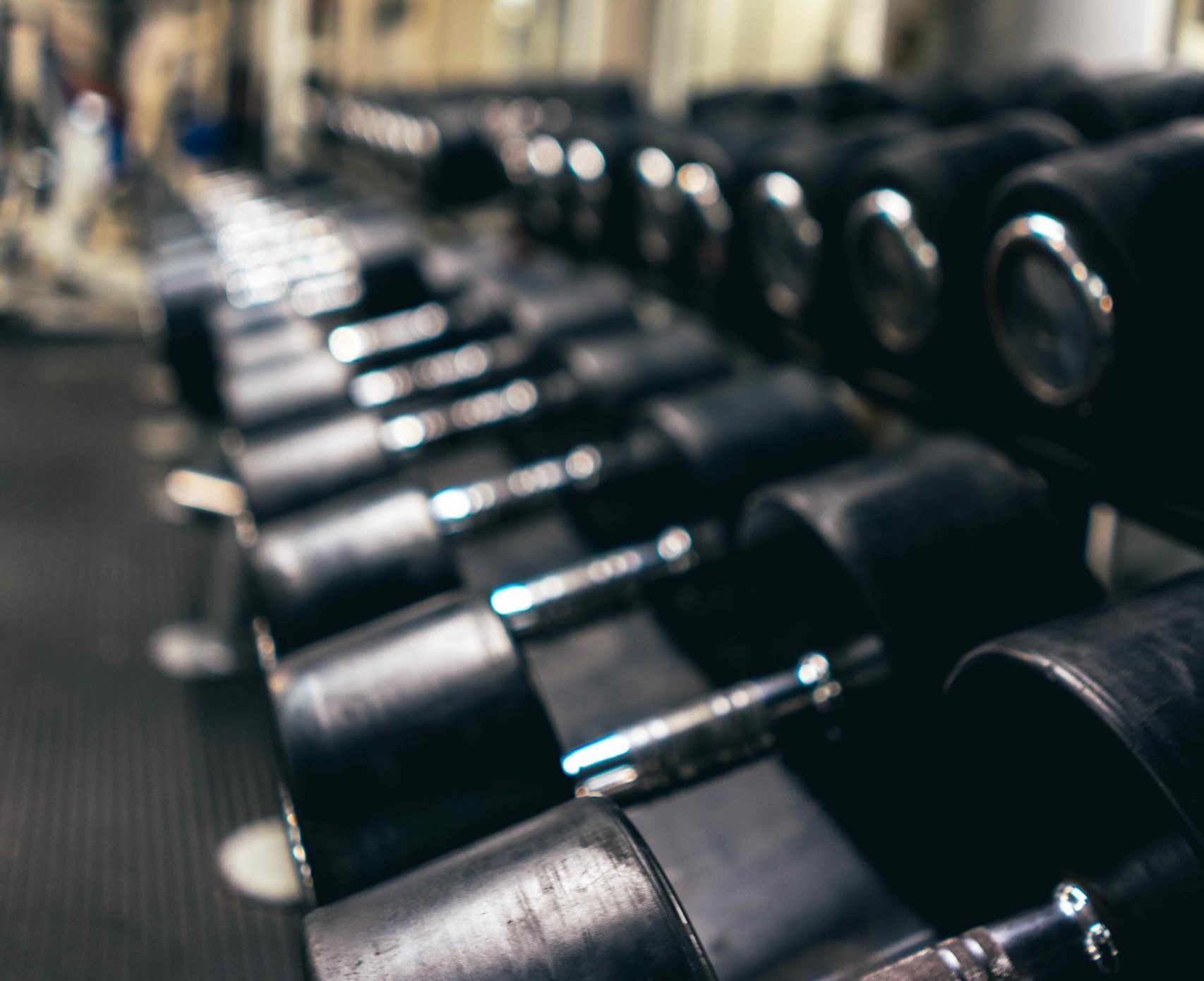
The protein trend has its origins in the 1930s. Doctors and researchers discovered a connection between protein and muscle growth, and the food industry quickly adapted. Since then, our culture has been flooded with “facts” about protein, and it’s all about the protein content of certain foods — the higher, the better. In all our minds, the word “high-protein” only exists in connection with the word “healthy,” and when we buy a protein bar or drink a protein shake, we genuinely believe that we are doing something good for our health and body. However, we tend to forget an important factor: a high-protein diet is actually a high-fat diet. Almost all foods that are “high in protein” also contain a significant amount of fat. Therefore, the correct equation would be:
high protein = high fat
Many gym-goers are confused as to why, despite all the protein powders and chicken with rice, they tend to gain fat rather than muscle. After all, it’s commonly said that a lot of protein and few carbs is the secret recipe for muscle growth.
At some point, the fitness world realized that protein alone is not enough to build lean muscle mass. This gave rise to the bulking and cutting trend. In this trend, the goal is to constantly increase and then decrease calorie intake to maintain muscle mass while burning fat. This process puts a lot of strain on the liver and, in the long run, leads to several health issues. Followers of this fitness trend are unaware that by reducing their protein and fat intake while increasing their carbohydrate intake, they could directly build muscle without gaining fat. If you want to support your muscle cells, you should enrich them with glucose and minerals that allow insulin to better transport glucose into the muscle tissue. When this happens, the muscles won’t shrink even if they are not being actively used.
What does the liver have to do with it? And what exactly constitutes a high fat intake?
Our liver is a wonderful organ. It is not only responsible for our fat digestion but also cleanses our blood and converts amino acids into protein (and for that, it doesn’t even receive the legally regulated minimum wage of €12.41 per hour). So, if our liver is functioning well and not constantly preoccupied with fat digestion, it has time to “build” muscle. The healthy amount of fat that does not burden the liver is a maximum of 15–20 grams of fat per day. The average German consumes about 65 grams of fat per day. This means that a liver, which is overwhelmed with this amount of fat every day, has to work overtime, leaving little room for detoxification, let alone muscle growth.
It is also important to mention that even foods we consider fat-free contain fats. For example, 100 grams of oats contain 7 grams of fat. Now you can imagine how quickly you exceed the healthy amount of fat in your daily diet.

Our body needs amino acids to build muscles
Amino acids are primarily found in fresh fruits and vegetables, as well as greens like spinach and algae. When it comes to muscle building, how often you train each week and whether you’re in a calorie deficit or surplus plays a big role.
If you want to learn more, listen to the podcast by Anthony William.
